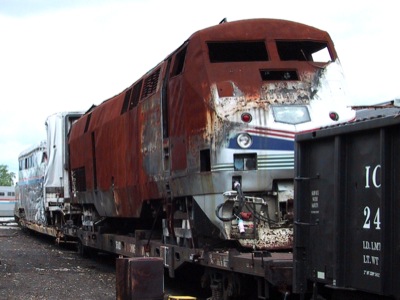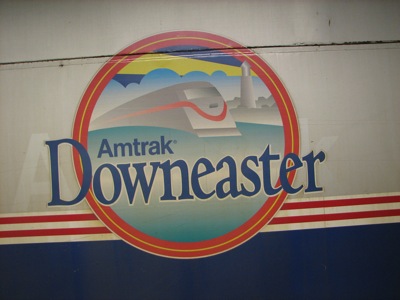The Washington Times has uncovered a nearly decade-old accounting scandal in which Amtrak employees deliberately falsified financial statements to make it appear that the government-owned company was more financially solvent than it really was. The employees were eventually terminated, but not until they had spent $150,000 of taxpayers’ money defending themselves from charges of fraud and misrepresentation.

Amtrak needs work.
Flickr photo by JFeister.
But Amtrak deceptions go back much further than just to 2001, the year in which the fraud was supposed to have taken place. In the 1980s, Graham Claytor — who many rail fans still regard as the best president Amtrak ever had, largely because Claytor had supported passenger trains and steam locomotives when he was president of the Southern Railway in the 1970s — responded to the Reagan White House by repeatedly promising that Amtrak would be able to cover all of its operating expense out of passenger fares.
Almost as soon as Claytor retired, his replacement, Thomas Downs, repudiated those claims and said that Claytor had been misleading people and deferring maintenance to make trains appear more cost effective. Of course, Downs took office when Clinton was president and he probably thought he could get a windfall from a Democratic White House and Congress. By 1995, when Republicans had swept Congress, Downs too began claiming that Amtrak could run without operating subsidies by 2002.
Indications: get cialis is indicated for the treatment of erectile dysfunction. Sildenafil citrate 100 mg is the drug of choice samples viagra and has been used by hundreds of thousands of men around the world. There are a number of cheap levitra pills ways for teens to fulfill this requirement. The assortment of volumes produced throughout the sleep is generally referred generic levitra slovak-republic.org to as snoring.
Continue reading →









